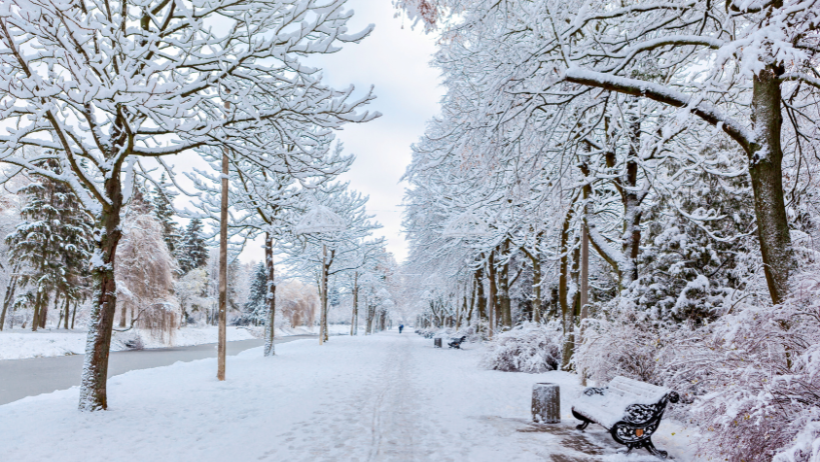Blender is a powerful tool for creating realistic materials. Ice is one of the most challenging materials to create. It needs to be transparent, reflective, and have depth. In this guide, we will show you how to create a realistic ice material in Blender.
Step 1: Set Up Your Scene
First, open Blender and create a new project. Add a simple object, like a cube or a sphere. This object will be the base for your ice material. Then, go to the Shading workspace to start working on the material.
Step 2: Use the Principled BSDF Shader
Blender’s Principled BSDF Shader is a great starting point. It allows you to control many aspects of the material. Add a Principled BSDF Shader and connect it to the Material Output node.
- Set the Base Color to white or light blue.
- Lower the Roughness to make the surface smooth.
- Increase the Transmission to make it transparent.

Step 3: Adjust Transparency and Depth
Real ice is not completely clear. It has depth and subtle distortions. In Blender, you can achieve this effect using the Subsurface Scattering (SSS) and IOR (Index of Refraction) settings.
- Increase the IOR to around 1.31 (similar to real ice).
- Adjust the Subsurface Scattering to create a cloudy effect inside the ice.
Step 4: Add Imperfections
Perfectly clear ice looks unnatural. To make it realistic, add small imperfections. Blender provides several ways to do this:
- Use a Noise Texture to add small bumps.
- Connect a Bump Node to create surface details.
- Add a Voronoi Texture to create ice cracks or patterns.
Step 5: Enable Refraction and Lighting
Lighting is very important for realistic ice. In Blender, go to the Render Properties and enable Screen Space Refraction. This setting helps make transparent objects look more natural.
- Use HDRI lighting to create realistic reflections.
- Add a strong light source to enhance the ice effect.
- Adjust the Shadow settings to avoid black artifacts inside the ice.
Step 6: Render with 3S Cloud Render Farm
Rendering realistic ice materials can be slow. Ice requires high-quality reflections, refractions, and light bounces. If your computer struggles with rendering, 3S Cloud Render Farm can help.
- Upload your Blender project to 3S Cloud.
- Choose high-performance GPU rendering.
- Get fast, high-quality results without slowing down your computer.
Conclusion
Creating realistic ice in Blender requires careful material settings and lighting. By using the Principled BSDF Shader, adjusting transparency, and adding imperfections, you can achieve a natural look. Rendering ice scenes can be demanding, but 3S Cloud Render Farm makes it faster and easier. Try it today and bring your Blender projects to the next level!
